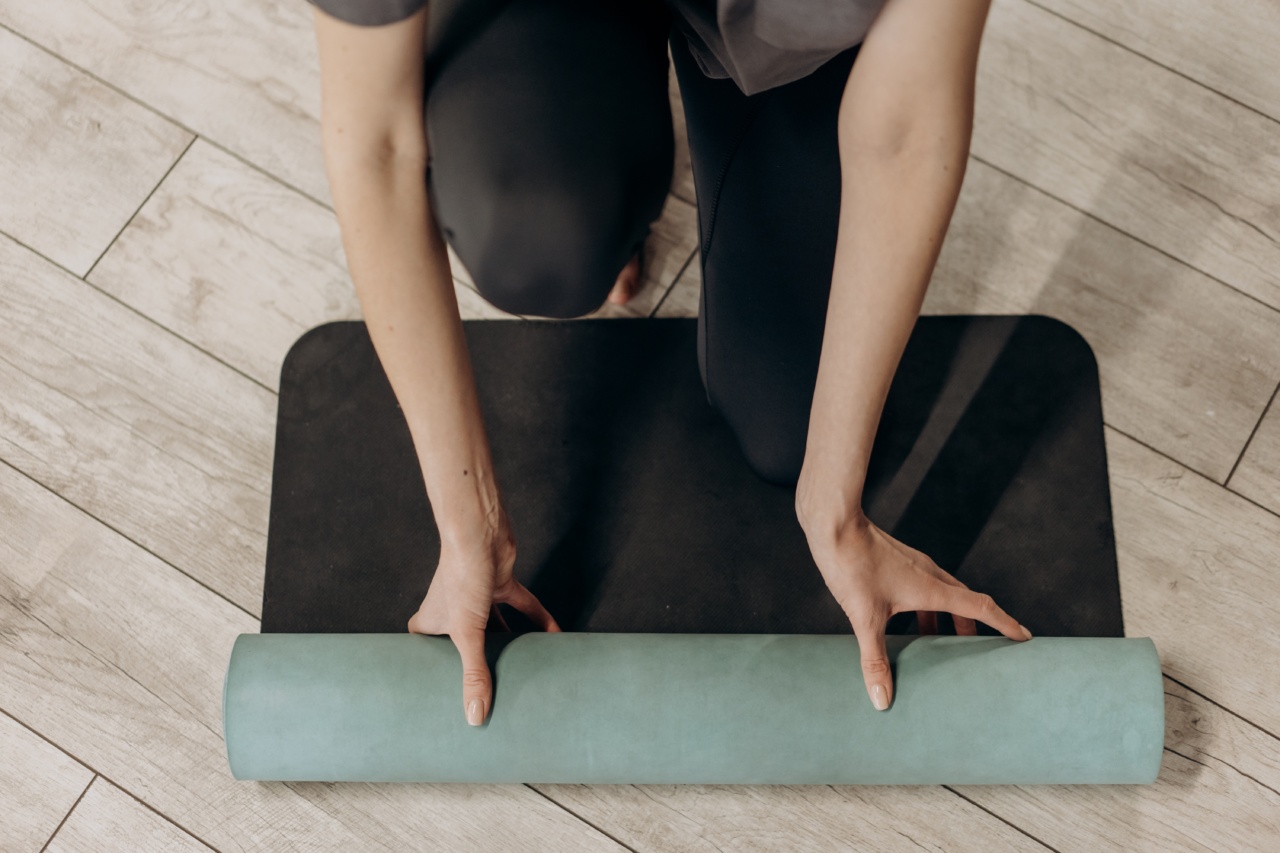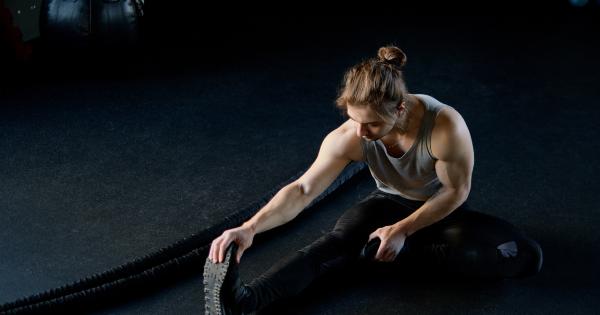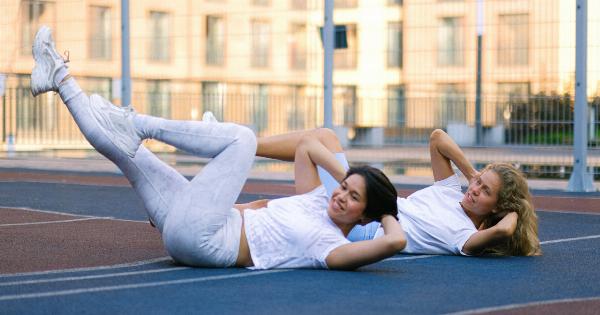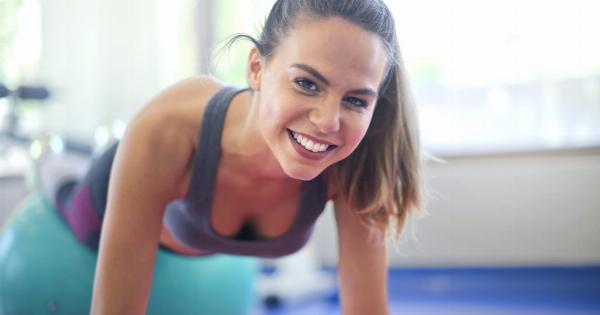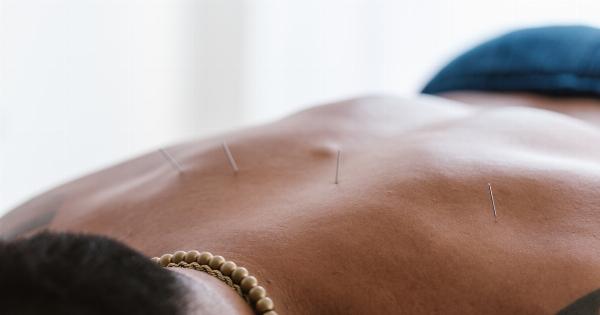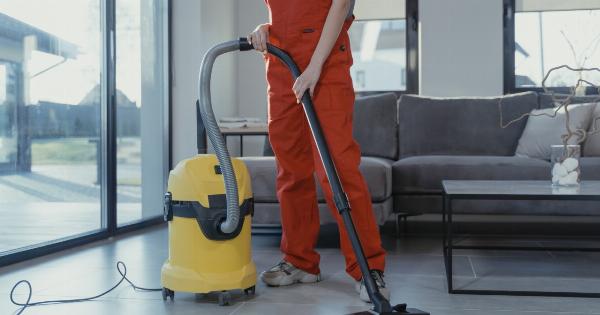Proper body alignment is essential for overall health and well-being. When our body is in proper alignment, it can function efficiently and prevent injuries.
Unfortunately, poor posture and sedentary lifestyles often lead to misalignments, which can cause pain, discomfort, and even chronic conditions. However, with the right exercises, you can improve your body alignment and promote better posture. In this article, we will explore four exercises that can help you achieve better body alignment.
Incorporate these exercises into your daily routine to experience the benefits of improved posture and overall well-being.
1. Plank
The plank exercise is highly effective at strengthening the core muscles, which are vital for maintaining proper body alignment. To perform a plank:.
- Start by lying face down on a mat or the floor.
- Place your forearms flat on the ground, with your elbows directly under your shoulders.
- Raise your body off the ground, balancing on your toes and forearms.
- Keep your body in a straight line from your head to your heels.
- Engage your core muscles and hold this position for 30 seconds to 1 minute.
- Repeat for 3-5 sets.
Performing planks regularly can help strengthen the muscles in your abdomen, lower back, and pelvis, which are crucial for maintaining proper body alignment.
2. Bridge
The bridge exercise targets the muscles in your buttocks, lower back, and thighs, helping to align your spine and improve posture. Here’s how to do a bridge:.
- Lie on your back with your knees bent and your feet flat on the floor.
- Place your arms by your sides with your palms facing down.
- Engage your core and glute muscles to lift your hips off the ground, creating a straight line from your knees to your shoulders.
- Hold this position for 10-15 seconds.
- Slowly lower your hips back down to the starting position.
- Repeat for 10-15 repetitions.
Bridges can help strengthen your glute muscles and stabilize your spine, promoting better body alignment and posture.
3. Cat-Camel Stretch
The cat-camel stretch is a gentle exercise that can improve spinal flexibility and promote better body alignment. Here’s how to perform it:.
- Start on your hands and knees, with your wrists directly under your shoulders and your knees under your hips.
- Begin by arching your back toward the ceiling, tucking your chin and tailbone in.
- Hold this position for a few seconds.
- Then, reverse the movement by lowering your spine toward the floor, lifting your head and tailbone up.
- Hold for a few seconds.
- Repeat the cat-camel stretch for 10 repetitions.
This exercise helps improve the flexibility of your spine and promotes better body alignment by stretching and mobilizing the muscles along the spine.
4. Hip Flexor Stretch
Tight hip flexor muscles can contribute to poor posture and misalignment. The hip flexor stretch can help alleviate this issue by lengthening and loosening the hip flexor muscles. Follow these steps to perform a hip flexor stretch:.
- Kneel down on your left knee and place your right foot flat on the ground in front of you.
- Engage your core and gently push your hips forward until you feel a stretch in the front of your left hip.
- Hold this position for 20-30 seconds.
- Switch sides and repeat the stretch with the opposite leg.
- Repeat the hip flexor stretch 2-3 times on each side.
Regularly stretching the hip flexor muscles can improve hip mobility, relieve lower back pain, and promote better body alignment.
Conclusion
Improving body alignment is crucial for maintaining good posture and overall well-being.
By incorporating these four exercises into your daily routine, you can strengthen your core, stabilize your spine, improve spinal flexibility, and enhance hip mobility – all of which contribute to better body alignment. Remember to perform these exercises with proper form and gradually increase the intensity as your body becomes stronger and more flexible. Consistency is key when it comes to achieving and maintaining proper body alignment.
So start today, and reap the benefits of improved posture and overall health.
